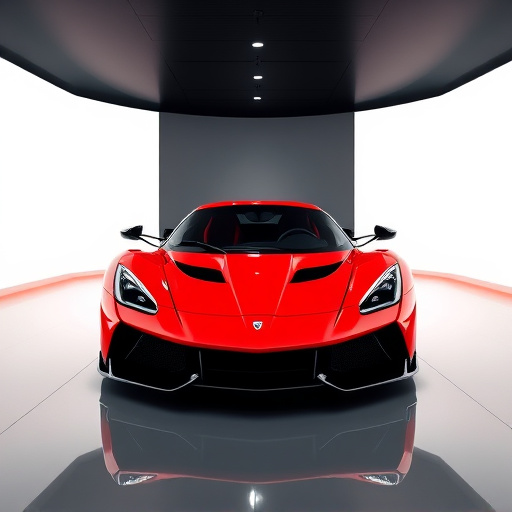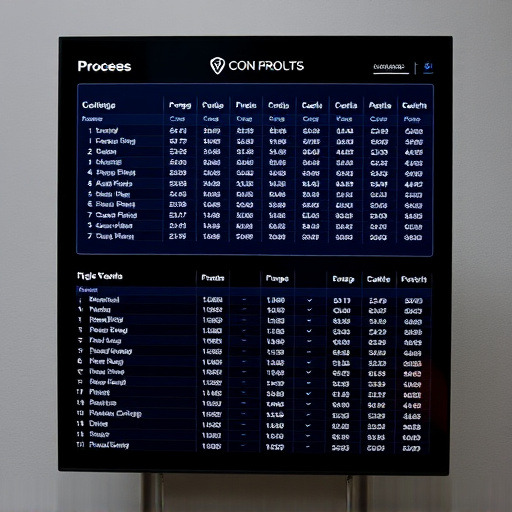The performance intake sound, notably its aggressive growl, distinguishes high-performance vehicles from their standard counterparts. This unique noise arises from rapid air entry into the combustion chamber during acceleration, indicating advanced engineering features like turbocharging or variable valve timing. While some fear it, enthusiasts appreciate the performance intake sound difference as a sign of power and aggression, enhancing the driving experience beyond numbers. Custom modifications to the intake system allow drivers to fine-tune this distinctive sound, balancing legal noise limits with an exhilarating roar that resonates within the engine bay.
“Unleash the power of your engine’s intake with a deep understanding of its growl characteristics. This article delves into the intriguing world of performance intake sounds, exploring how they differ from standard configurations. We dissect the various aspects of aggressive intake growls and their customization potential.
From basic principles to advanced tuning, discover what makes these modifications unique and how they enhance your driving experience, focusing on the distinct ‘aggressive’ intake growl and its impact.”
- Understanding Intake Growl: The Basics
- Performance and Intake Sound: Decoding the Difference
- Aggressive Intake Growl: Characteristics and Customization
Understanding Intake Growl: The Basics

Intake growls, also known as turbo whines or surge sounds, are a distinctive and often misunderstood aspect of vehicle performance. This unique phenomenon occurs when air enters the engine at a rapid rate during acceleration, creating a high-pitched, aggressive sound. The key to understanding intake growl lies in appreciating its underlying causes and how it differs from other intake sounds.
Unlike a deep, rumbling exhaust note or the smooth hum of an idling engine, intake growls are characterized by their sharp, staccato nature. This difference is due to the specific timing and pressure of air entering the combustion chamber. When an aggressive driving style is employed, the throttle is rapidly opened, causing a sudden surge in air flow. This rapid intake of air generates harmonic vibrations within the intake system, resulting in the telltale growling sound that enthusiast drivers both love and fear.
Performance and Intake Sound: Decoding the Difference

In the realm of automotive performance, the intake growl is more than just a sonic addition; it’s a crucial indicator of an engine’s character and capabilities. The performance intake sound differs significantly from the quiet hum of standard exhausts, often characterized by its aggressive and distinctive tone. This unique sound isn’t merely for show; it serves as a direct link to the engine’s performance potential. An enhanced intake system, designed to optimize air flow, can transform an engine’s growl, making it more pronounced and intense, thereby conveying power and aggression.
The difference between standard and high-performance intake sounds lies in their ability to communicate information about the engine’s state. Aggressive intake growls often signify enhanced turbocharging or supercharging, variable valve timing, and other advanced engineering features that dramatically increase horsepower and torque. This direct correlation between sound and performance creates a powerful connection between the driver and their vehicle, enhancing the overall driving experience in a way that numerical specifications alone cannot match.
Aggressive Intake Growl: Characteristics and Customization

An aggressive intake growl, often sought after by car enthusiasts for its distinctive performance intake sound, is characterized by a deep, raspy tone that can instantly transform the driving experience. This unique sound is created by optimizing the airflow through the intake system, typically involving modifications to the air filter, intake tube, and other components. The result is an enhanced roar that resonates with the engine’s power, offering both an auditory delight and a tangible difference in vehicle performance.
Customization plays a vital role in achieving this aggressive growl. By fine-tuning each element of the intake system, from the shape of the air filter to the length and diameter of the intake tube, enthusiasts can tailor the sound to their preference. This process involves careful consideration of factors like air flow restrictions, turbulence, and resonance points within the engine bay. The ultimate goal is to strike a balance between an exhilarating growl that improves engine performance and a noise level that remains legal and enjoyable for both driver and passengers.
The exploration of intake growl characteristics reveals a complex interplay between vehicle design, performance, and customization. Understanding the distinct differences in performance intake sounds is key to appreciating the various nuances of aggressive growls. By decoding these variations, car enthusiasts can make informed decisions when modifying their vehicles, ensuring both optimal performance and a unique sound that reflects their personal style. The journey through these sections highlights how customization can transform an everyday vehicle into a true powerhouse, with its own distinct vocal identity.














